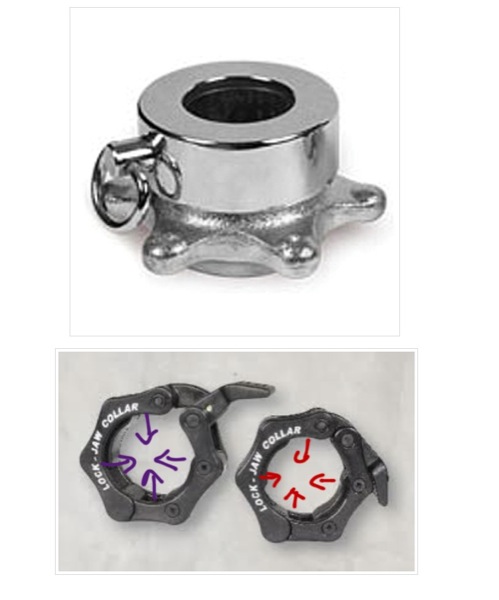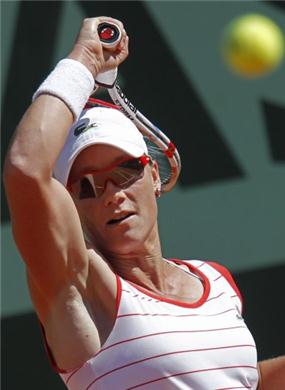My Karma Ran Over My Dogma
 Tuesday, December 6, 2011 at 11:54PM
Tuesday, December 6, 2011 at 11:54PM  CAtennis
CAtennis
 Tennis is a difficult sport to learn because of the many components that must be perfectly orchestrated in order to produce a player's individual masterpiece. However, when learning the game, it is becoming on a player to use some critical thinking and analytical skills in order to cut through the flak, misinformation as well as seemingly conflicting information and get to the truth. In this regard, when a coach tells you to "never" do this or "never" attempt that, it is helpful to keep in mind that because the game is so complex, the "never" can mean "most of the time", "sometime" or "heck, I don't know. I don't feel like explaining the difference...just don't do it again".
Tennis is a difficult sport to learn because of the many components that must be perfectly orchestrated in order to produce a player's individual masterpiece. However, when learning the game, it is becoming on a player to use some critical thinking and analytical skills in order to cut through the flak, misinformation as well as seemingly conflicting information and get to the truth. In this regard, when a coach tells you to "never" do this or "never" attempt that, it is helpful to keep in mind that because the game is so complex, the "never" can mean "most of the time", "sometime" or "heck, I don't know. I don't feel like explaining the difference...just don't do it again".
Take for example our previous article on building forearm and wrist strength. In the article, we sought to emphasize the importance of having a strong grip. One of our favorite readers mentioned, like many players across the United States, that he was taught to hold the racket with the same grip strength that he would use when holding a bird. Sound advice...but is it? USPTA High Performance Coach and former WTA player Yvonne Gallop takes issue with this approach. Her opinion is that the grip must be varied to take into account pace of the oncoming shot as well as your intent vis-a-vis the ball. For example, squeezing the grip against a hard, incoming ball will propel the ball past it's intended target (like a ball rebounding against a wall). Similarly, having an overly-stiff grip and wrist against a soft ball may prevent you from generating sufficient pace. In short, there is no rule of thumb...it's a lot of trial and error and integrating various components (emphasizing some; de-emphasizing others) in the particular circumstance.
Nevertheless, this brings into question an interesting concept: when we're talking about grip STRENGTH are we, ipso facto, talking about grip PRESSURE? The answer is "no". Think of grip strength as a barbell collar (device that keeps the weights from sliding off the bar). It is a pretty sturdy device made out of metal (first picture above) yet it slides easily onto the bar. If the bar is levered (i.e. tipped) against the collar, the latter won't break...because it's strong. On the other hand, grip pressure is the inward force (purple and red arrows in the second picture, above) that the collar applies to the bar when it's squeezed shut. Once it's locked, the bar doesn't slide within the collar due to the application of this pressure and friction. So, as a player, it's important to be strong when it comes to your grip so that you can apply the right amount of pressure as required by the particular circumstance. Try holding the racket like a birdie against an Isner rocket serve and you'll be collecting the stick from the next ZIP code. On the other hand, try choking the handle against a soft ball and your shot will have difficulty clearing the net.
In a similar vein, when talking about which grip is best and which one this player has or that player favors, keep in mind that there is no general rule. Take for example, tennis legend's Johan Kriek's take on Roger Federer's forehand grip:
"Roger adapts his forehand grip depending on the height of the ball...I have been doing it also for many years...tricky hey!" and "I used to use a continental grip but a little more to the strong backhand grip due to everybody thinking my backhand was the place to serve, which was great for me since it was actually my best shot. I could do anything off my backhand; my forehand was changed 2 years into my career from a continental to a more semi western grip but I used a little more eastern grip on fast surfaces. In 1986 I got to the semis of the French and that was for me one of the most satisfying results ever because of what it took in mental strength to attack so much on clay and the stamina it took to grind and attack at the right time. I eventually lost to Lendl but I was cooked physically by then, just too many 5 setters."
Many authorities, including Larry Stefanki, said the same thing about Bjorn Borg's forehand grip...that he adjusted it based on surface and trajectory of incoming ball. How many teaching pros have told you that you should probably master one forehand but be well-versed in many other grips?! Probably not many. How many pros have told you: (a) never hit swinging volleys (what about a floater?); (b) never play in the no-man's land (what if the opponent can't hit past the service line?); (c) never hit a flat second serve (what if you're serving for the match at 5-3; 40-0?); (d) never hit a drop-shot from behind the baseline (what if the opponent is 15 feet behind the baseline and tired?); (e) never serve and volley on clay (what about Johan Kriek's amazing run to the semis of the French Open?); (f) never hit to your opponent's strength (what if you want to do so in order to open up a weakness); etc.
When it comes to tennis, there are exceptions to every rule. It's your job as a player to read through the "nevers" as well as the "always" and determine when you should apply the exception and when to apply the rule. The more you play, the more experience you will acquire and the more adept you will become at parsing the communication. No coach in the world will be able to give you the exact recipe for every shot or every play since the exact factors that may exist in a practice scenario may be missing in a match. Accordingly, you have to do the dirty work of discovering the game yourself.





